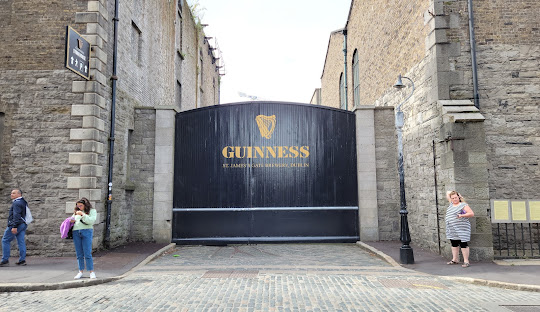
Dublin’s History: From Prehistoric Habitation to a Thriving Capital
Posted by Webjuice SEO Agency in Dublin on
The history of Dublin spans thousands of years, with evidence of human habitation around Dublin Bay dating back approximately 6,000 years. Excavations near the Convention Centre Dublin revealed ancient fish traps from the Mesolithic era, suggesting early settlement. Similar traps were found near St. James’s Gate, further emphasizing the region’s prehistoric activity.
The earliest recorded mention of a settlement in the Dublin area appears on Ptolemy’s map of Ireland from around 140 AD. The Greco-Roman cartographer and astronomer referred to the area as Eblana polis (Ἔβλανα πόλις), highlighting its long-standing significance.
In 1988, Dublin celebrated its official millennium, marking 988 as the year when the first recognized settlement began. This settlement eventually grew into the modern city. However, archaeological discoveries suggest that the Viking settlement established around 841, known as Dyflin, was likely preceded by an earlier Christian ecclesiastical settlement called Duibhlinn.
During the 9th and 10th centuries, two key settlements existed in the area: the Viking Dyflin, centered around the River Poddle (a tributary of the Liffey), and the Gaelic Áth Cliath ("ford of hurdles"). The Poddle’s lowest stretch, known as Dubhlinn, served as a mooring site for Viking ships. This dark pool, situated where the Castle Garden of Dublin Castle now stands, was eventually infilled during the early 18th century as the city expanded.
Remarkably, archaeological digs in Temple Bar revealed evidence of Anglo-Saxon occupation predating the Viking arrival. This discovery adds another fascinating layer to Dublin’s historical narrative.
One of Ireland’s most famous legends, Táin Bó Cuailgne ("The Cattle Raid of Cooley"), references Dublin as Dublind rissa ratter Áth Cliath, translating to "Dublin, which is called Áth Cliath." The dual identities of the Viking and Gaelic settlements reflect the city’s unique blend of cultural influences.
From prehistoric fish traps to thriving medieval settlements, Dublin’s history is a testament to its enduring importance as a center of human activity, innovation, and cultural fusion. Today, these rich historical layers remain a cornerstone of its identity as Ireland’s capital.